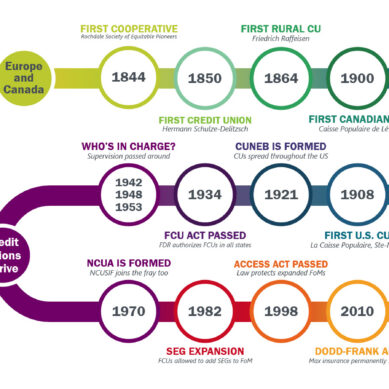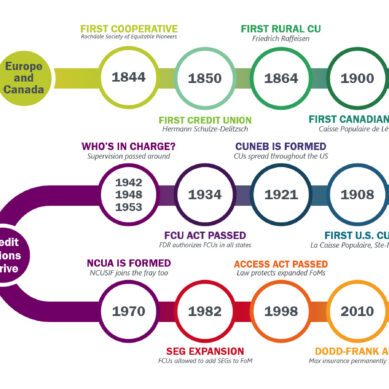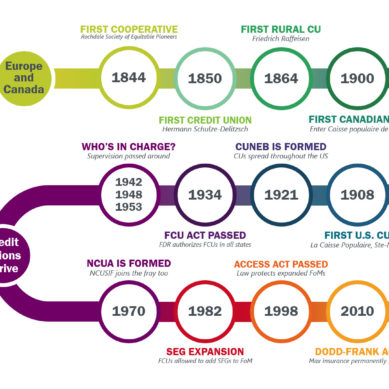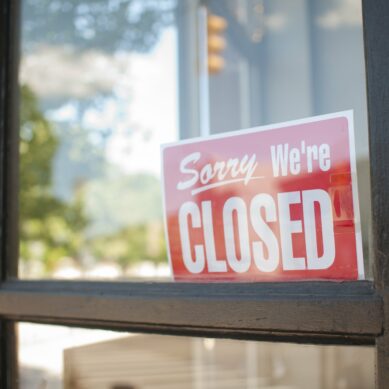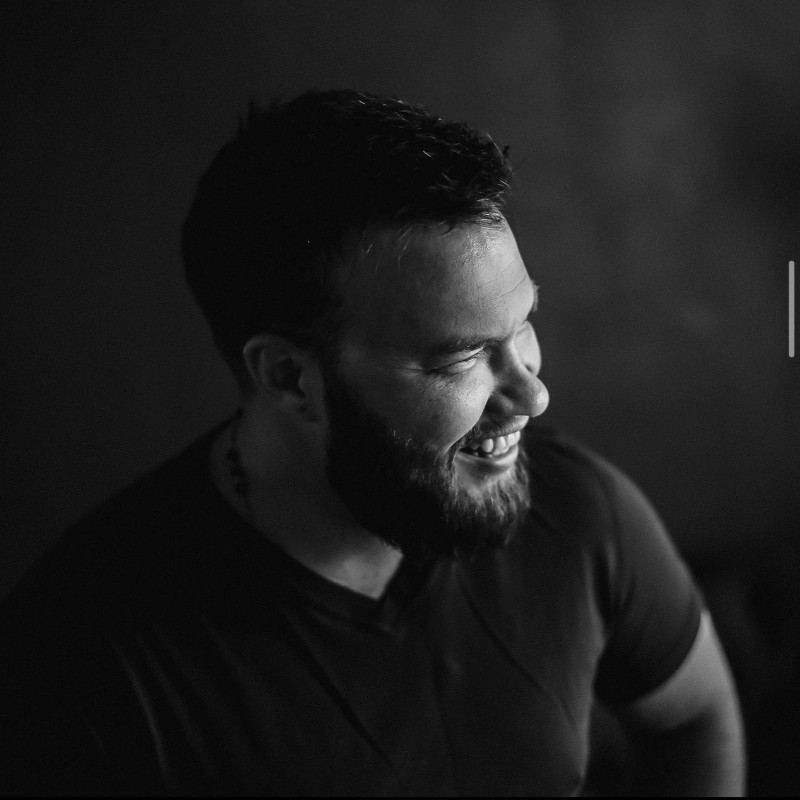Leadership isn’t easy and if it were, everyone would be doing it. And frankly, we’d have chaos because the “everyone gets a trophy” crowd would ruin the whole vibe. The truth is, leaders are the ones who see the cliff, strap on their parachute (hopefully packed correctly), and jump.
But here’s the thing: avoiding the jump is just as risky as taking it. The business life cycle doesn’t stop because you’re indecisive. If anything, your hesitation speeds up the consequences. Let’s explore three ways waiting impacts your business growth, as well as your team members’ growth.
1. Have 20/20 vision about your vision
Having a clear vision of where you want the entire company to go is great, but have you considered how that may or may not fit with other departments. Make sure your department goals align with your overall vision, then decide a smaller vision for that specific department that coincides or parallels with the overall vision. It doesn’t need to be on the same line, just on the same chart. You can ensure this with quarterly check-ins and adjustments as needed.
2. Opportunity does not wait
Missed opportunities don’t wait around for you to weigh every possible outcome. The market moves quickly, and so do your competitors. When leaders hesitate, they give others the green light to seize what could have been their breakthrough.
Take Ford Motor Company, for example. They saw the writing on the wall that Chrysler and GM didn’t see back in 2008. How did Ford prepare? They restructured their budget and secured financing to negate their budget shortfall when things bottomed out. Pair that with some smaller government programs on the Ford Credit side and they were able to stay afloat. What was the risk? Taking on financing when everyone else was avoiding it. They then secured some smaller government-backed loans to help boost production by making their vehicles more efficient and increase production.
The lesson? The business life cycle rewards leaders who are proactive, not reactive. A risk today might be the next best thing, tomorrow.
3. Stinky ponds
Businesses, like water, need to keep moving to maintain some sort of homeostasis. When businesses do not move or adjust they become pretty stagnant, just like an old pond. It’s not necessarily good to be in white water either, but having some adaptation and movement is better than sitting still. Not being able to adjust to market trends or technology in your industry creates some major setbacks. Your business will fail from the inside out, it starts effecting your team and they lose morale, innovation will die, and then your customers will get bored and seek something fresh and new.
Blockbuster, or Family Video for us Michiganders, ignored the shift to streaming. They stuck to their tried-and-true model while Netflix took the plunge into uncharted waters. We all know how this ended and now you probably pay $14.99/month for your ex to watch movies.
You must navigate and pivot the business life cycle as markets change, if you stay proactive, even if you end up in whitewater, you will make it out.
Risk: growth cycle fuel
Every successful business has a cycle: startup, growth, maturity, and renewal (I like to say whitewater). Risk-taking is the catalyst that pushes a business from one phase to the next. Without it, the cycle stalls and you become that stagnant stinky pond above.
For startups, their entire existence is a gamble. All they are trying to do is break into a market, gain traction, and grow. Established businesses face a different kind of risk: reinvention. The leap from maturity to renewal requires bold decisions. New products, new markets, or even complete overhauls. It’s not easy, it’s very challenging, but it is necessary to stay afloat.
One example of this would be Apple taking a risk on the iPhone. (Calm down Android users.) Jobs knew it wasn’t a guaranteed win, but the risk revolutionized not only Apple but the entire tech industry. Without that leap, Apple might still be a “computer company”.
Waiting isn’t safe—it’s a decision
In the end, waiting is a decision in itself—a decision to let opportunities pass, to let competitors lead, and to let your business coast (or crash) through the business life cycle. Risk isn’t about reckless gambling; it’s about calculated moves that keep the business moving forward or at least adjusting.
Next time you’re facing a big decision, ask yourself: Is waiting really the safer option? Because often in the game of business, the biggest risk is not taking one at all.










